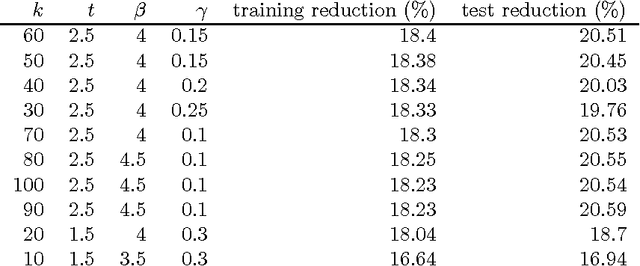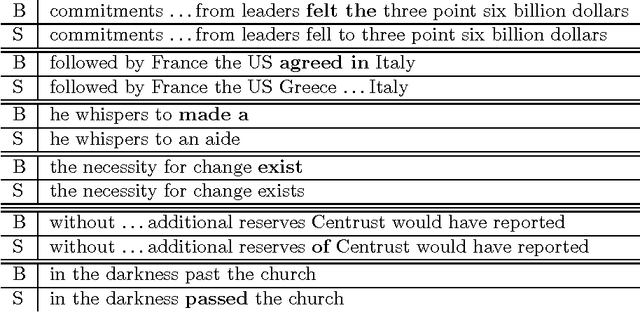Similarity-Based Estimation of Word Cooccurrence Probabilities
Paper and Code
May 02, 1994

In many applications of natural language processing it is necessary to determine the likelihood of a given word combination. For example, a speech recognizer may need to determine which of the two word combinations ``eat a peach'' and ``eat a beach'' is more likely. Statistical NLP methods determine the likelihood of a word combination according to its frequency in a training corpus. However, the nature of language is such that many word combinations are infrequent and do not occur in a given corpus. In this work we propose a method for estimating the probability of such previously unseen word combinations using available information on ``most similar'' words. We describe a probabilistic word association model based on distributional word similarity, and apply it to improving probability estimates for unseen word bigrams in a variant of Katz's back-off model. The similarity-based method yields a 20% perplexity improvement in the prediction of unseen bigrams and statistically significant reductions in speech-recognition error.
 Add to Chrome
Add to Chrome Add to Firefox
Add to Firefox Add to Edge
Add to Edge